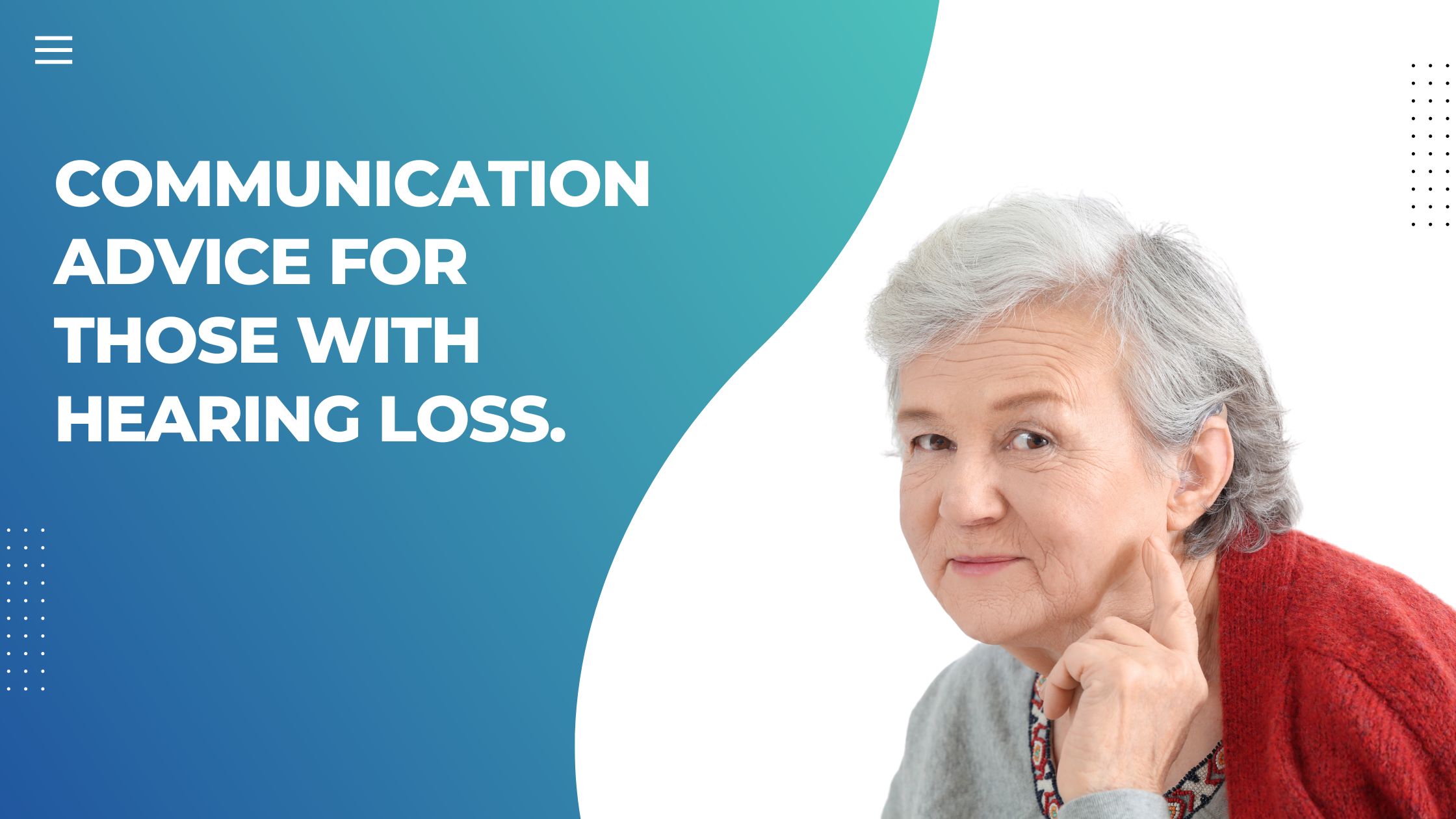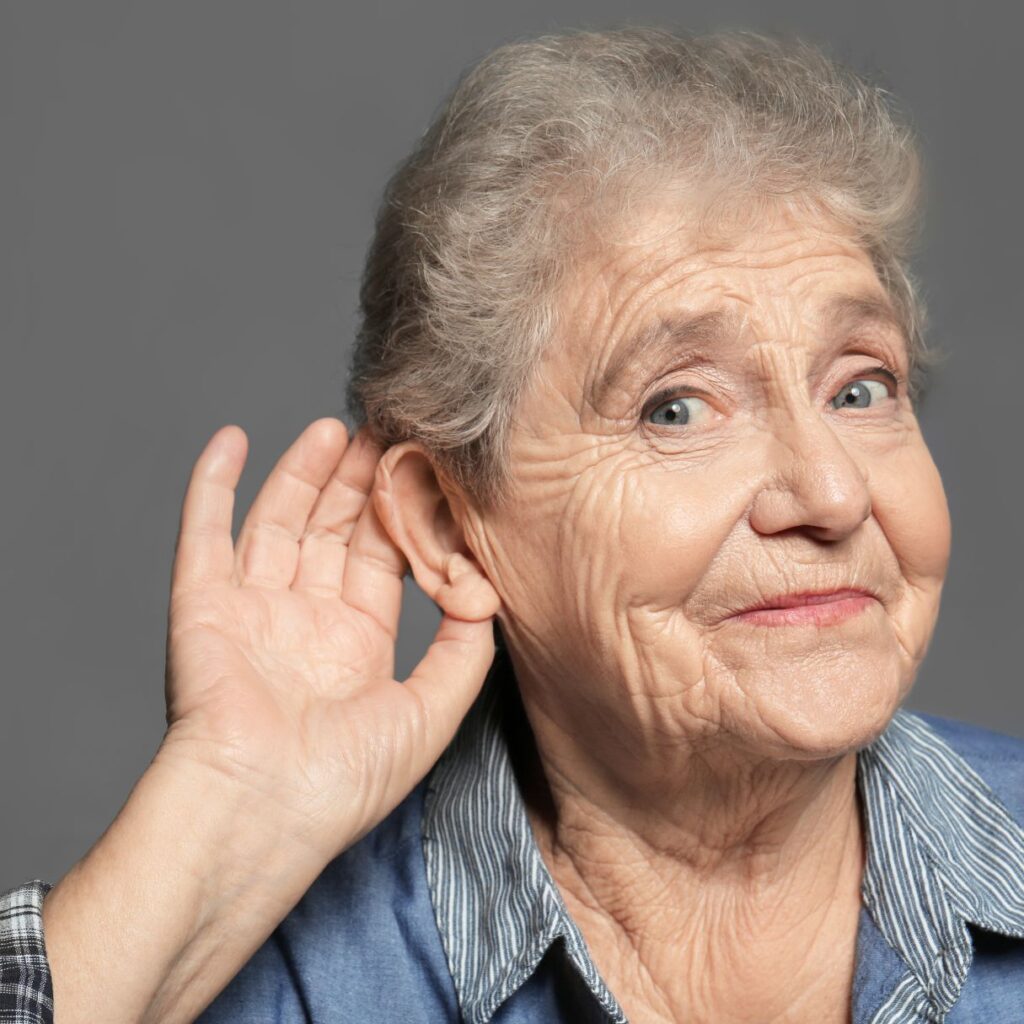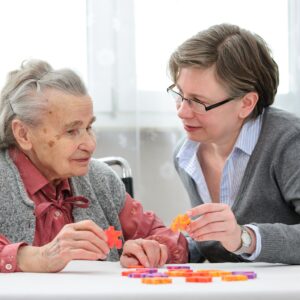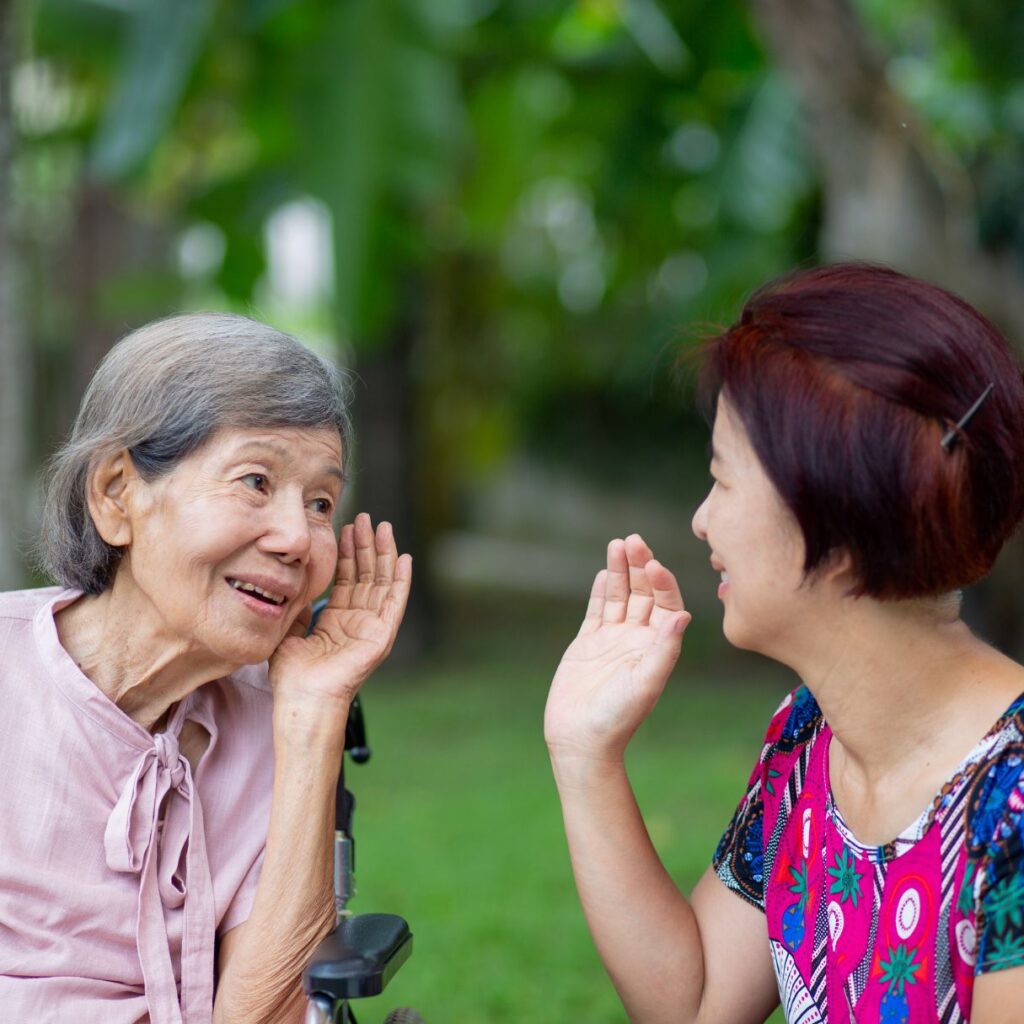

Introduction
Living with hearing loss can provide unique obstacles, particularly in terms of communication. Understanding how to communicate successfully, whether with friends, family, or colleagues, may significantly improve your interactions and quality of life. In this blog, we’ll look at practical ways to assist people with hearing loss communicate more successfully and comfortably in a variety of settings.

Face-to-Face Communication
Individuals with hearing loss should position themselves squarely in front of the speaker when communicating in person. This allows individuals to make the best use of lip-reading and visual signals, improving comprehension and avoiding misconceptions. Adequate illumination makes lip-reading easier, and reducing background noise ensures that the speaker’s words are clear and identifiable. Individuals with hearing loss can improve their ability to communicate and interact with others by implementing these easy steps. Minimize background noise as much as possible, as it can make it difficult to distinguish speech. Ensure good lighting in the room to help with lip-reading.
Speak Clearly and Slowly
Speaking clearly and slowly is critical for efficient communication, especially for those who have hearing loss. When we pronounce our words clearly and speak at a moderate pace, others can better comprehend and follow the conversation. This is especially useful for people who rely on lip reading or residual hearing to understand speech. By deliberately slowing down our voice and pronouncing each word, we create a more clear and accessible communication environment for all parties involved. Furthermore, speaking at a reasonable pace allows people with hearing loss to process information more effectively, lowering the risk of misunderstanding or miscommunication.

Use Visual Cues
Individuals with hearing impairments rely heavily on visual clues to communicate effectively. Gestures, facial expressions, and the use of visual aids are all examples of cues that provide vital context and improve understanding. Someone who relies on lip-reading will benefit greatly from seeing the speaker’s face well lighted by adequate lighting. Similarly, gestures and body language can express emotions and intentions, filling in the gaps where auditory clues may be lacking. Visual aids, such as taking notes or using a whiteboard, can also enhance verbal communication, particularly in difficult debates or educational contexts. By including visual clues in interactions, both sides can improve communication and create more inclusive environments.

Seek Support
Seeking support is crucial for individuals with hearing loss to navigate the challenges they may encounter. Joining support groups or online communities provides a sense of belonging and allows for the sharing of experiences, tips, and encouragement. Additionally, seeking guidance from professionals such as speech-language pathologists or audiologists can offer personalized strategies and support tailored to individual needs. Through these avenues, individuals with hearing loss can access valuable resources and connect with others who understand their journey, ultimately enhancing their ability to communicate effectively and lead fulfilling lives.
Conclusion
Living with hearing loss does not mean you can’t communicate successfully. Individuals with hearing loss can confidently and easily navigate discussions by following these practical techniques and utilising accessible resources. Remember that communication is a two-way street; with patience, understanding, and advocacy, real connections may flourish.